
Signs and symptoms of MRSA infection
In most of the cases, MRSA infection starts as a small red bump that may look like a pimple, boil or spider bite. However, this apparently harmful change on the skin may turn into a deep painful abscess. In many cases, this abscess requires surgical draining. Dangerous stage of the disease starts when bacteria gets deep into the body, and starts affecting the bones, joints, surgical wounds and even the bloodstream. Once when the bacteria reach the bloodstream, it can easily spread to all other parts of the body, endangering patient’s life.
Normally, it takes between 24–48 hours for MRSA to manifest with first topical symptoms. After only 72 hours, it can take hold in human tissues and even become resistant to treatment. Therefore, it is of extreme importance to know and understand how to prevent MRSA infection, especially in the hospital environment.Prevention of MRSA in hospitals
It is important to understand that even the healthy people carry MRSA on their body. These bacteria will not hurt otherwise healthy people, but they may cause serious health problems to people in hospitals. However, it is relatively easy to control the spread of the germs. Alcohol, which is widely used even in our homes, is an effective surface sanitizer against MRSA. MRSA may also stay on clothes and fabrics used in the hospital environment. Therefore, using the hydrogen peroxide vapor could decontaminate busy hospital rooms.
Simple prevention measures such as hand washing are also essential. Alcohol-based hand rubs should be placed near the patients’ beds so that the hospital staff can hand wash more regularly. Disinfectants and antiseptics should also be used, as well as the traditional hand washing with warm running water and an anti-microbial cleaner.
After the drainage of boils, patients should shower using chlorhexidine or hexachlorophene antiseptic soap from head to toe. They should also apply mupirocin 2% ointment inside each nostril twice daily for 7 days.
In hospitals, used paper gowns are also a significant source of infection. Therefore, they should be properly disposed.
- www.cdc.gov/mrsa/healthcare/patient/index.html
- www.cdc.gov/mrsa/healthcare/clinicians/precautions.html
- Photo courtesy of Presidencia de la Repu00fablica Mexicana by Flickr: www.flickr.com/photos/presidenciamx/23883227710/




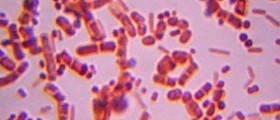
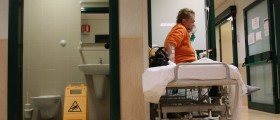


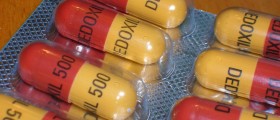

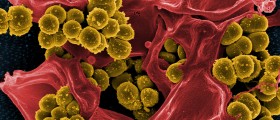

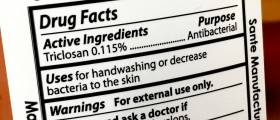


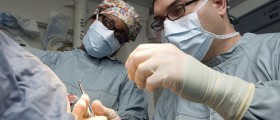

Your thoughts on this
Loading...